The last week of July is National Moth Week. This means it’s time to celebrate the beauty and wonder of the species of moths right in our backyards. Learn about some of the moths you could encounter in Eastern North Carolina with this quick guide!
Luna Moth
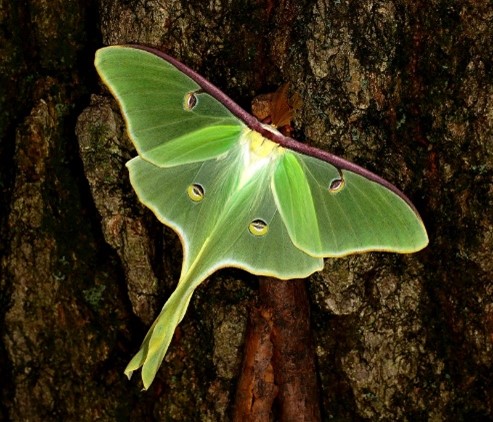
Luna moths are light green and white. “Luna” means moon, and luna moths are active at night. They are only found in North America, and, interestingly, they do not eat during their adult stage of life! The lifespan of the luna moth is only around 7 days. While these moths don’t snack on anything, bats do enjoy snacking on luna moths.
Diamondback Moth
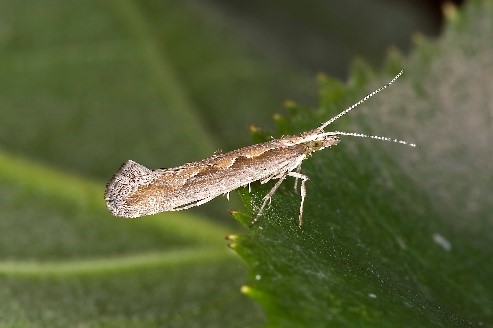
Small, grayish brown, and of European origin, diamondback moths are quite common near the coast. In fact, you can find them flying around your yard year-round in coastal areas!
Peppered Moth
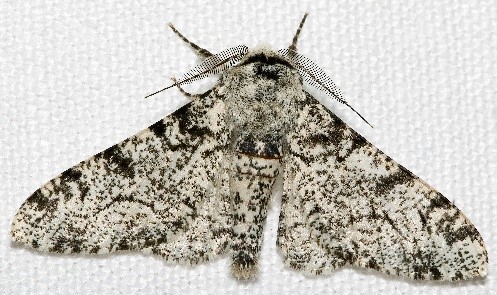
Like many moths, peppered moths are nocturnal. They are camouflaged with speckles of gray and white, to hide from bats, their primary predator. Summer is the season when you’ll most likely encounter a peppered moth!
Fall Webworm Moth
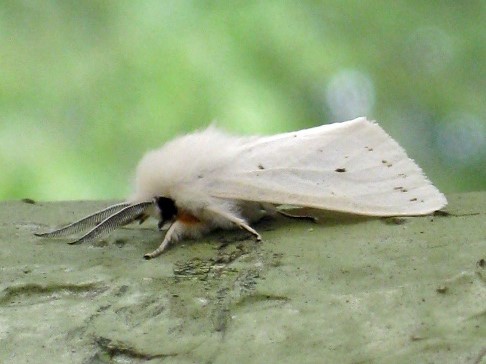
As their name suggests, fall webworm moths are most active during the late summer and fall. They are also known for their larval stage when they create webbed nests in trees. When they are out of the larval stage, fall webworm moths are white with speckles.
Tiger Moth
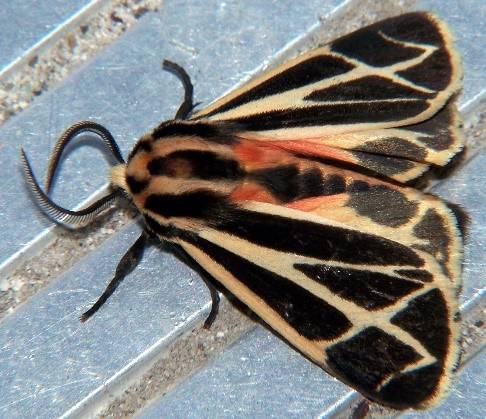
Tiger moths have dark wings with red or orange spots, which are adorned with white stripes, making them resemble tigers. These moths are most active during the summertime, specifically during July and August.
Greater Wax Moth
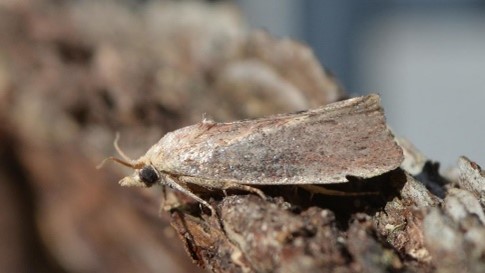
The moths are a light gray-brown and are found all over the world. They are active during the spring and summer like most moths. Greater wax moths are known for being parasites to honeybees and bee hives!
Leopard Moth
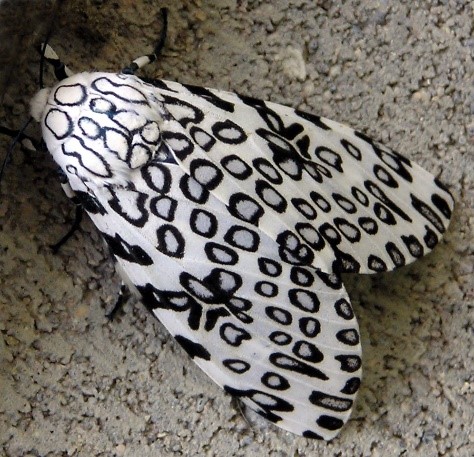
Unlike the speckle patterns on peppered moths and fall webworm moths, leopard moths have defined polka dots. Some of these black dots are hollow, with white centers, and some are all black. Leopard moths are also out in the spring and summer.
Brown House Moth
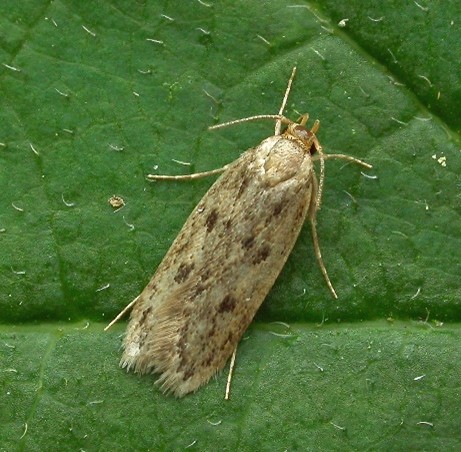
Brown house moths can look very similar to greater wax moths. They are either reddish-brown or grayish brown. Female house moths can lay up to 600 eggs, so if you spot a house moth in your house, it’s best to call May Exterminating! These are just a few of the thousands of moths you could find in your backyard this year during Moth Week. Be on the lookout for different colors and patterns of moths near you!

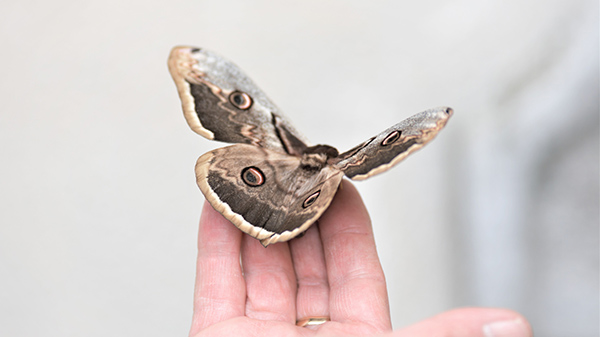
Recent Comments